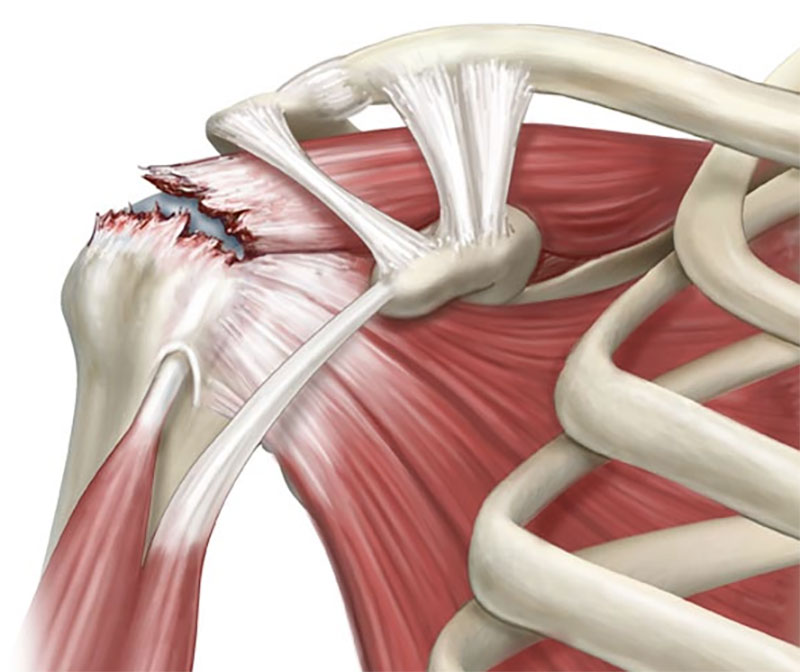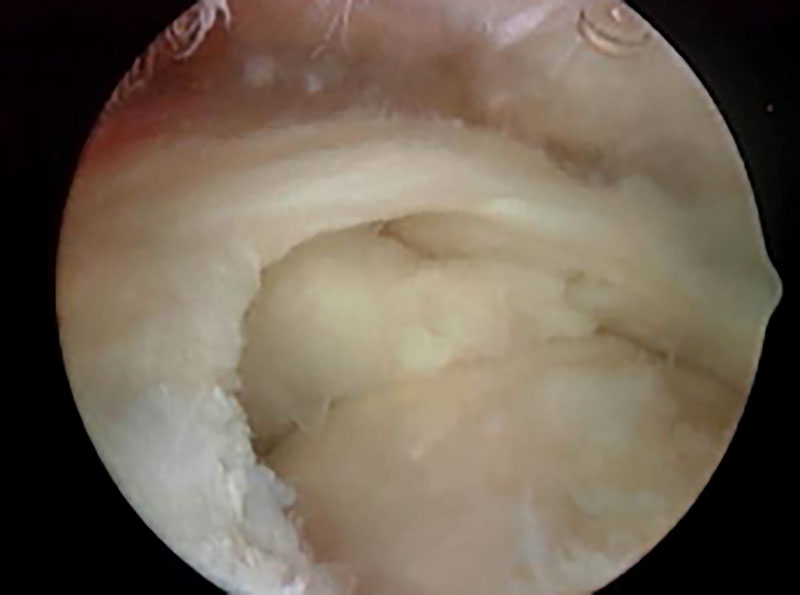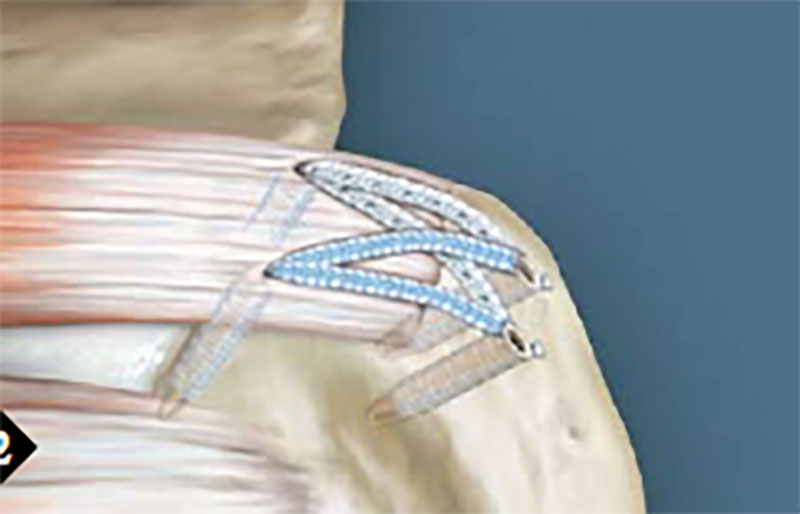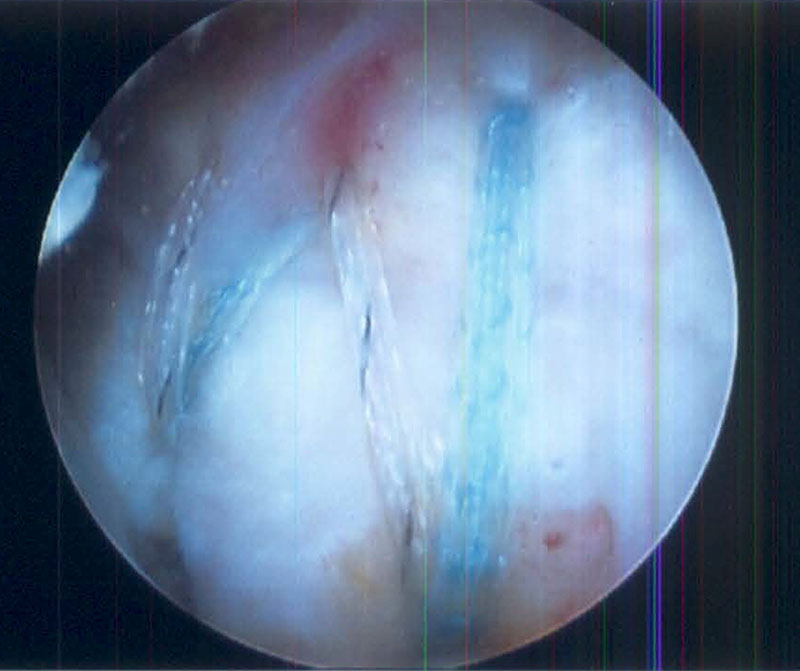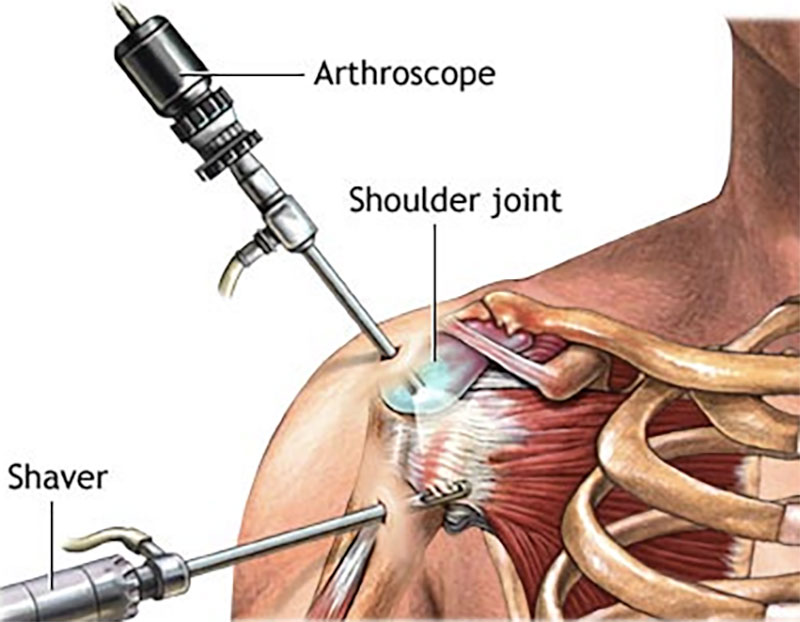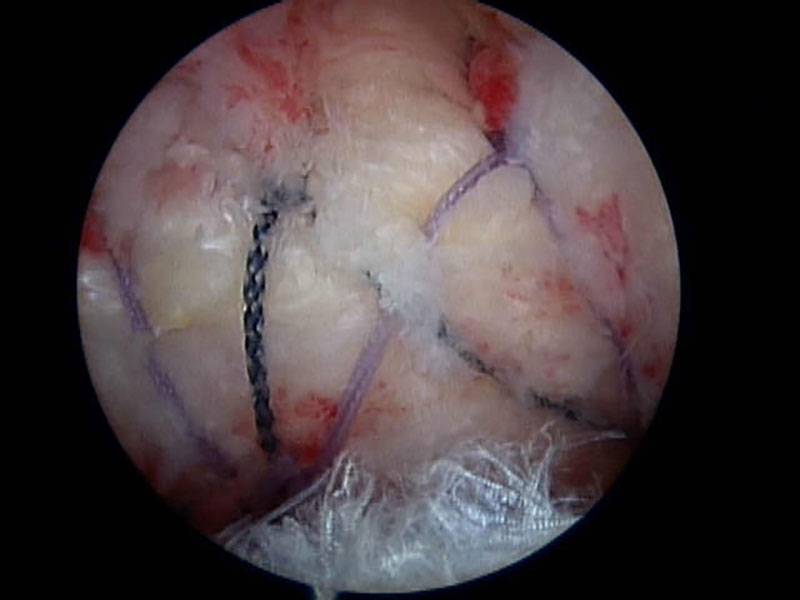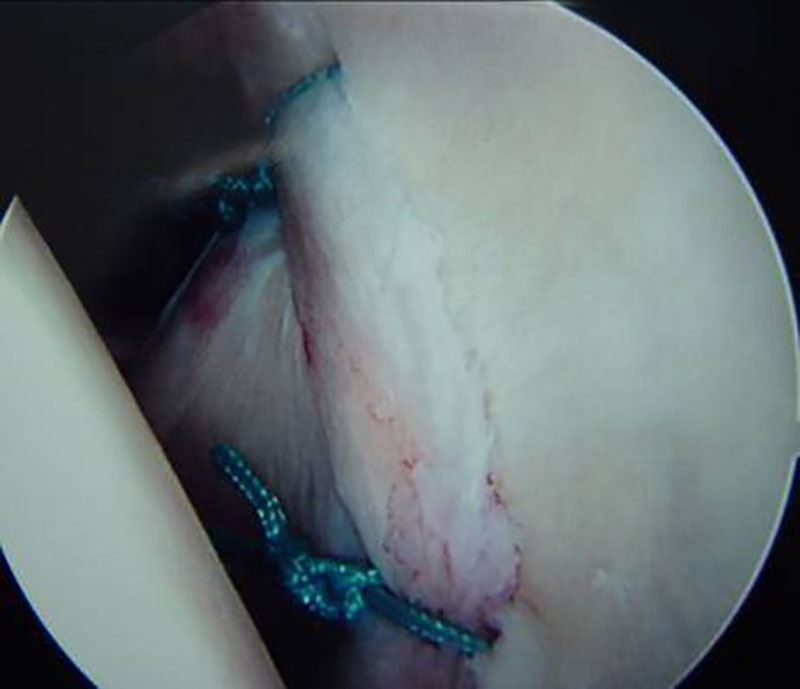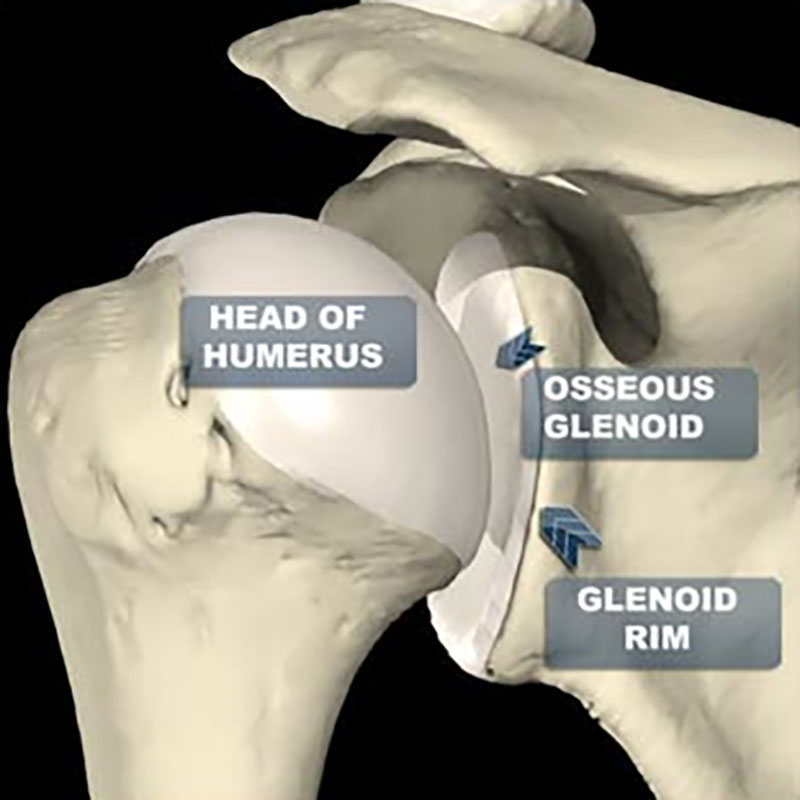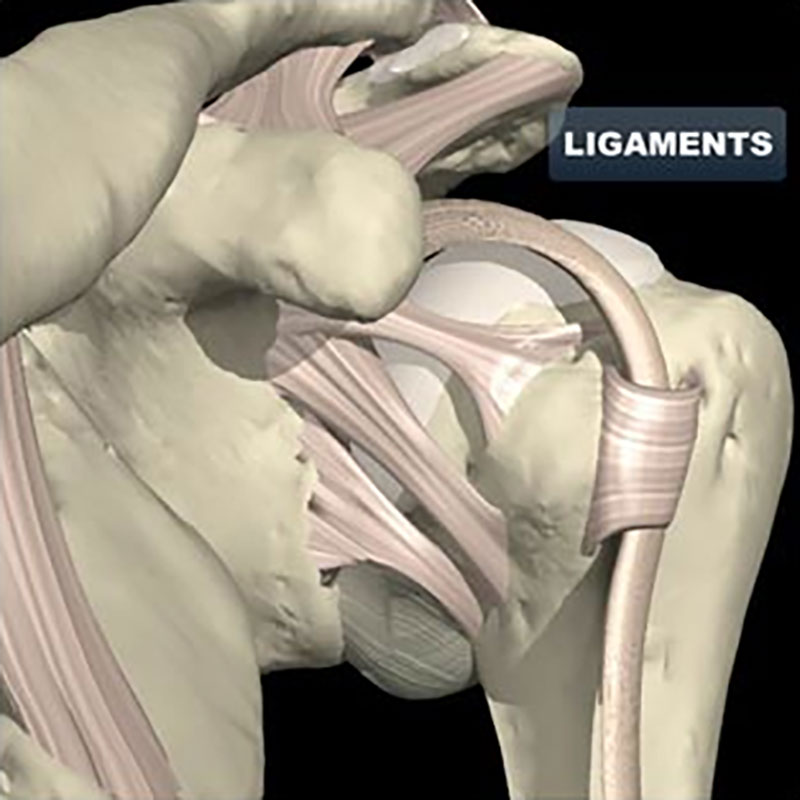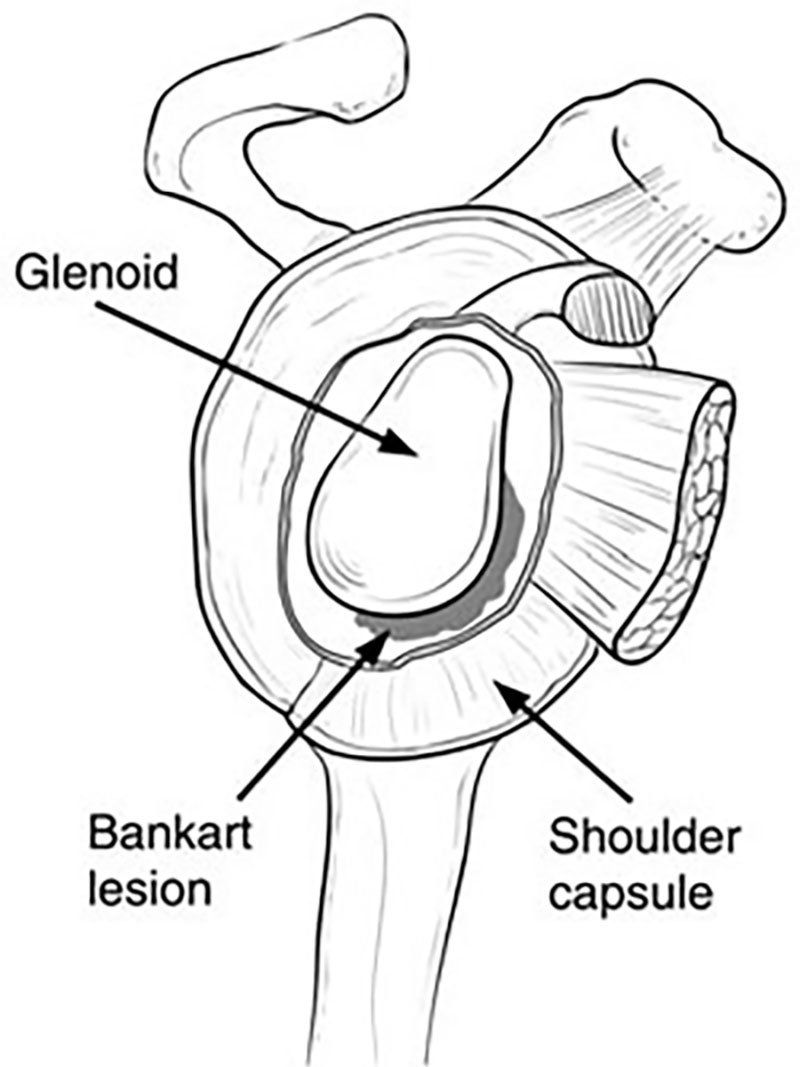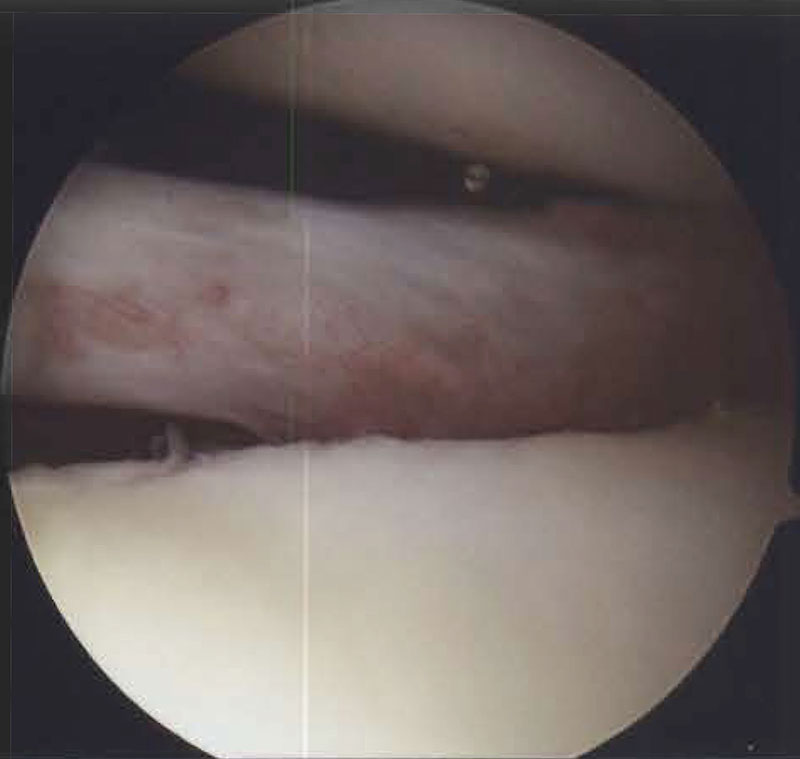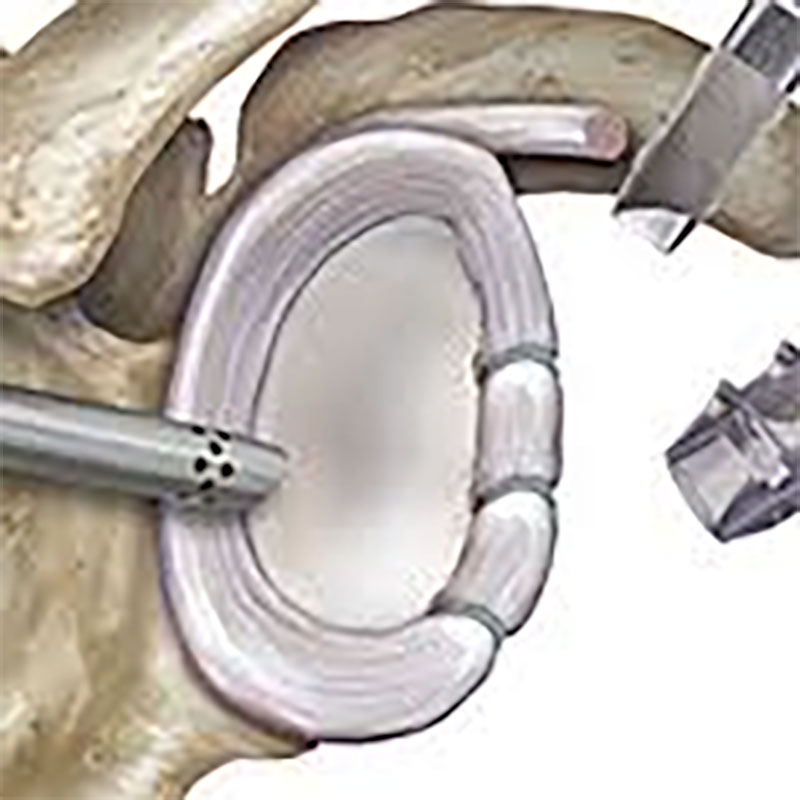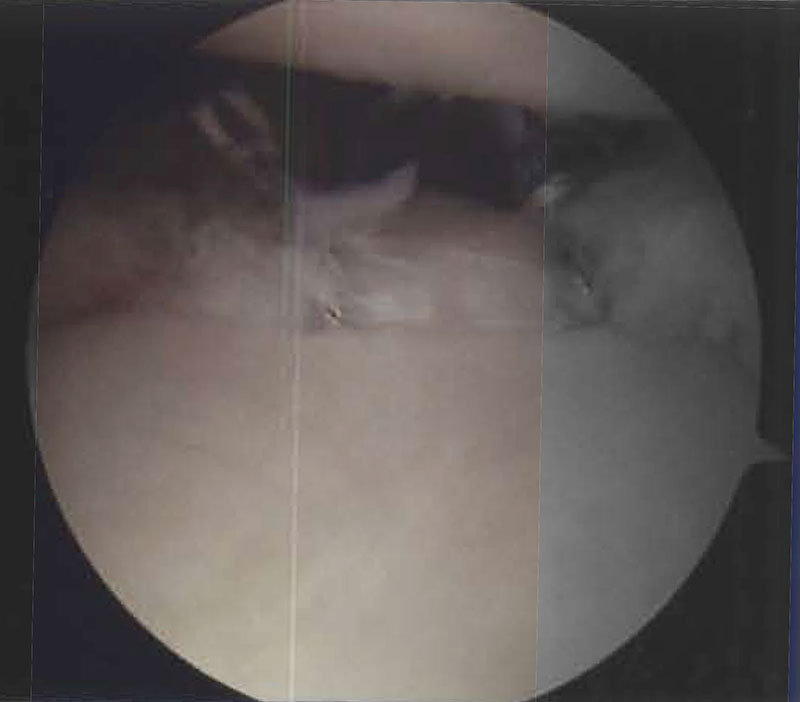ANATOMY
The shoulder is a shallow ball and socket joint. This allows fantastic range of movement. The joint capsule, ligaments and rotator cuff muscles are important for shoulder stability, but also need to be flexible and elastic to allow movement to occur.
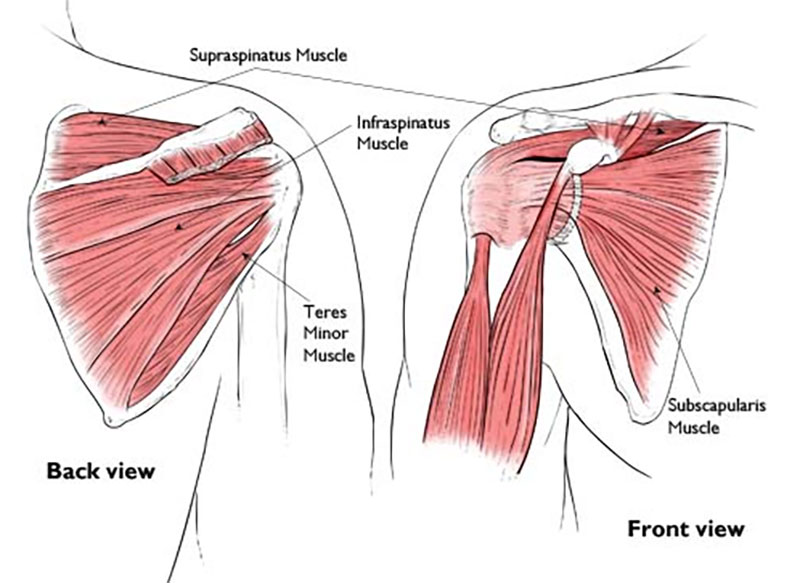
FROZEN SHOULDER
Shoulder stiffness may occur without any history of injury. This is often called adhesive capsulitis. The shoulder may also become painful and stiff following trauma or shoulder surgery, where the body has a vigorous inflammatory response that results in excessive scar formation, and subsequent loss of motion.
It affects 2% of the population, and is more common in women than men. It most commonly affects people between the ages of 40 and 60 years.
CAUSES
The cause of a frozen shoulder is not completely understood. It is associated with a number of medical conditions including diabetes, thyroid disease, heart disease, and Parkinson’s disease.
SYMPTOMS
Pain from a frozen shoulder is usually a dull ache that often radiates towards the elbow. Pain may also be felt around the shoulder blade (scapula) as well. It is often present at rest, and worse with movement. It also may be worse at night and affect sleeping. Over time, the shoulder becomes stiffer.
STAGES OF FROZEN SHOULDER
| Stage | Description | Duration |
|---|---|---|
| 1. Freezing (inflammatory). | Slow onset of pain Shoulder becomes stiffer and more painful with time. | 6 weeks to 9 months. |
| 2. Frozen. | Slow improvement in pain but remains stiff. | 4 to 9 months. |
| 3. Thawing. | Movement slowly returns to normal. | 5 to 26 months. |
It is important to get an X-ray of the shoulder in order to rule out other causes of shoulder stiffness, such as arthritis.
TREATMENT
A frozen shoulder usually gets better on it’s own, but it may take more than 2 years to do so. Initial treatment is focussed on controlling pain and maintaining range of movement with physiotherapy.
Simple pain relief, such as paracetamol, taken regularly is a safe starting point. Simple anti-inflammatories, such as ibuprofen, can be taken in combination with this.
Steroid injections are powerful anti-inflammatories that can be injected directly into the joint.
Physiotherapy can help restore movement, with a program of stretching and strength exercises. Applying heat to the shoulder before exercising may help “loosen up” the joint.
More than 90% of patients will improve with these simple measures.
SURGERY
Surgical treatment is rarely required. Where stiffness is failing to improve despite treatment with anti-inflammatories and physiotherapy, a manipulation under anaesthesia and arthroscopic capsular release may be performed with good results. It is important not to do this whilst the shoulder is in the inflammatory (freezing) stage, as it may make the condition worse.
Note: These notes have been prepared by orthopaedic surgeons.They are general overviews and information aimed for use by their specific patients and reflects their views, opinions and recommendations. This does not constitute medical advice. The contents are provided for information and education purposes only and not for the purpose of rendering medical advice. Please seek the advice of your specific surgeon or other health care provider with any questions regarding medical conditions and treatment.


